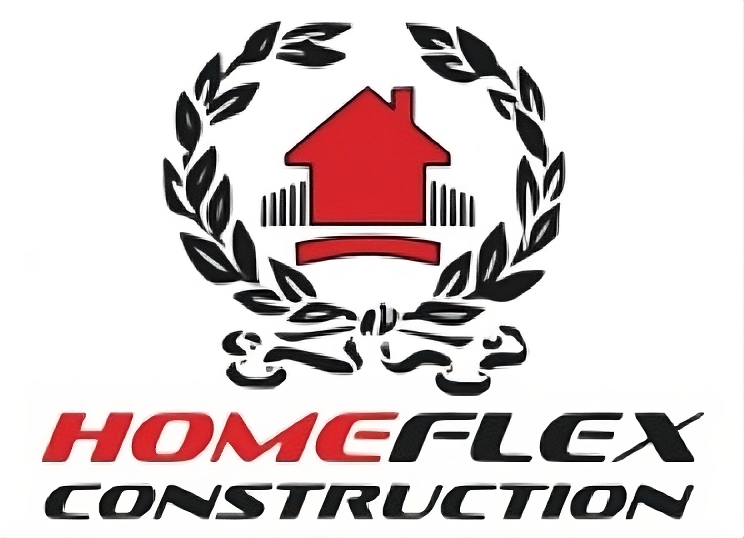Sloped yards present both challenges and opportunities for homeowners. While uneven terrain can cause erosion and limit usable outdoor space, a well-constructed retaining wall transforms these issues into attractive and functional features. Builder Retaining Wall Options for Sloped Yards not only stabilize soil but also add beauty, structure, and dimension to a yard. With the right materials and design, you can turn a sloped property into a landscaped oasis that is practical and visually striking.
Retaining Walls That Combine Function and Style
Retaining walls do more than hold back soil. They can define outdoor spaces, create terraces for planting, and enhance the overall layout of your landscape. Builders have a variety of materials and methods to choose from, each offering its own strengths and aesthetic appeal. Below are some of the most popular retaining wall options for sloped yards.
1. Concrete Block Retaining Walls
Concrete blocks remain one of the most reliable and cost-effective retaining wall options. They provide strength and durability while offering design versatility with different shapes and finishes. Builders often use interlocking concrete blocks, which create a secure structure that resists soil pressure. With the ability to incorporate textures and colors, concrete block walls balance practicality with curb appeal.
2. Natural Stone Retaining Walls
For homeowners who value timeless beauty, natural stone is a standout choice. Stones such as granite, limestone, or sandstone create a rustic yet elegant look that blends seamlessly with natural surroundings. While stone walls require skilled craftsmanship, they deliver exceptional strength and long-lasting performance. They are ideal for homeowners who want to combine structural reliability with a classic aesthetic.
3. Timber Retaining Walls
Timber walls bring warmth and a natural appearance to outdoor spaces. They are an affordable choice and work well for smaller retaining wall projects. Pressure-treated wood ensures resistance to decay and insect damage, giving the wall a respectable lifespan. Although not as long-lasting as stone or concrete, timber offers charm and is often chosen for gardens and casual landscapes where natural appeal is prioritized.
4. Brick Retaining Walls
Brick offers a balance of durability and visual charm. Builders often use brick walls to create a polished, traditional appearance in sloped yards. These walls can be reinforced with concrete or mortar for added strength, ensuring they stand the test of time. Brick retaining walls are perfect for homeowners who want a classic design that complements historic or traditional-style homes.
5. Gabion Retaining Walls
Gabion walls use wire mesh cages filled with rocks or stones to create a strong and eco-friendly retaining solution. They allow excellent drainage, reducing pressure on the wall, and are flexible enough to adapt to ground movement. Their rugged appearance gives them a contemporary edge, making them an excellent choice for modern landscapes. Gabions are also sustainable, as they often use locally sourced or recycled stone.
6. Poured Concrete Retaining Walls
Poured concrete offers unmatched strength and flexibility in design. Builders can shape these walls into sleek, modern forms or finish them with textures that mimic the look of stone or brick. Reinforced with steel, poured concrete walls can handle significant soil loads, making them ideal for large or steep slopes. Their durability and versatility make them a popular choice for long-term solutions.
7. Segmental Retaining Walls
Segmental retaining walls rely on modular concrete units that interlock without the need for mortar. They provide excellent stability and can be installed relatively quickly compared to other methods. Builders favor this option because it combines ease of installation with structural integrity. Segmental walls can also be curved, stepped, or terraced, offering flexibility in design.
8. Terraced Retaining Walls
For yards with significant slopes, builders often create terraced retaining walls. This design involves stacking multiple walls at different levels to create flat, usable terraces. Terraced walls reduce soil pressure, prevent erosion, and provide space for gardens, seating areas, or pathways. They also add visual depth and interest, transforming a plain slope into a stunning multi-level landscape.
Conclusion
Builder retaining wall options for sloped yards offer homeowners the chance to reclaim uneven spaces while boosting aesthetics and functionality. From durable concrete blocks and elegant natural stone to eco-friendly gabions and terraced designs, each option provides unique benefits tailored to your yard’s needs. Choosing the right retaining wall involves balancing style, budget, and long-term durability. With professional installation and thoughtful design, a sloped yard can become one of the most attractive and usable areas of your property.
